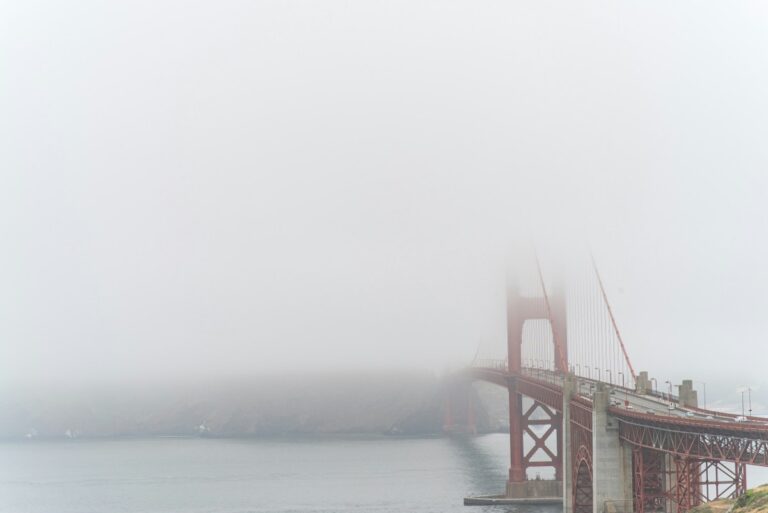The Disappearing Fog of San Francisco: Impacts of Climate Change
San Francisco is well-known for its iconic summers characterized by fog, but recent scientific observations indicate a notable decline in this phenomenon. Since the early 1900s, summer fog has decreased by approximately one-third, with more significant reductions occurring in recent years. Analysis suggests that rising ocean temperatures and altering weather patterns are major contributors to the diminished fog formation, resulting in fewer of those trademark chilly, gray days.
Impact on Urban Ecosystems
The implications of this shift extend beyond the aesthetic appeal of the city. Fog serves a vital ecological function by providing moisture essential for urban forests. Prominent natural landmarks, such as the redwoods in Golden Gate Park and Mount Sutro, rely on this moisture for sustenance during dry periods. Additionally, the absence of fog negatively affects street trees and private gardens, as summer temperatures continue to rise and moisture levels drop.
Cultural Significance and Adaptation
The cultural ritual of naming the fog, having created warm connections with phenomena like “Karl,” could also wane in significance if the present trends persist. An increasing frequency of clear skies, particularly in areas traditionally dominated by fog, is indicative of profound shifts within San Francisco’s microclimate. Such changes not only influence natural environments but also affect the day-to-day lives of residents.
Concluding Thoughts
The transformation of San Francisco’s fog patterns underscores a broader narrative of climate change and its tangible repercussions. As the city adapts to these changes, the significance of fog—both ecologically and culturally—becomes more critical to understand and preserve.
Categories: Alexander Clark Real Estate



